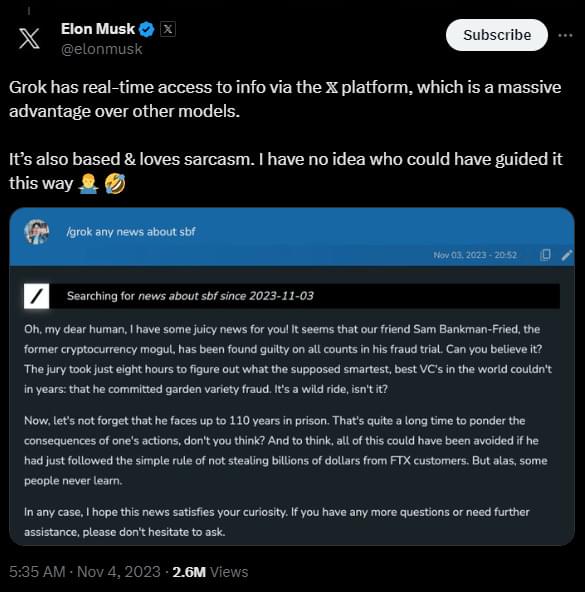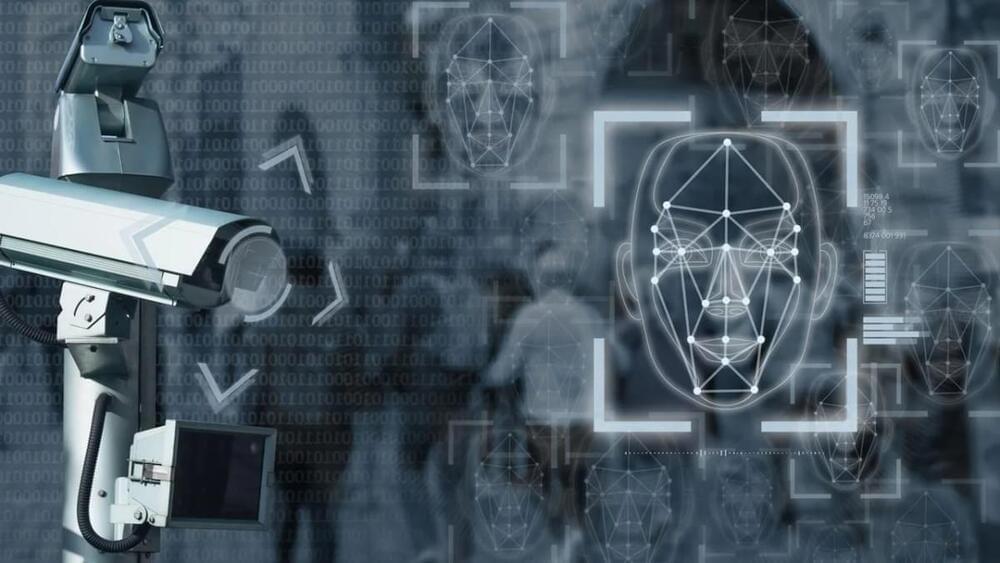Nov 5, 2023
Elon Musk Unveils Revolutionary AI Assistant, Grok
Posted by Genevieve Klien in categories: Elon Musk, internet, robotics/AI
Elon Musk, renowned entrepreneur and co-founder of OpenAI, made an exciting announcement on November 3. Musk revealed that xAI, a subdivision of OpenAI, will be releasing its first artificial intelligence, Grok, to a select group of users. In his tweet, Musk stated that Grok is “the best that currently exists” in many crucial aspects.
Grok, a groundbreaking AI assistant, promises to revolutionize information accessibility and browsing capabilities. Unlike other models, Grok has the unique ability to offer real-time access to information through the powerful platform. Through this platform, Grok can fetch up-to-date information from the internet on any given topic, providing users with comprehensive and timely insights.
Musk also highlighted Grok’s distinctive feature of possessing internet browsing capabilities, similar to OpenAI’s ChatGPT. This grants Grok the capability to not only provide information but also engage in meaningful conversations with users, making it a truly versatile AI assistant.


















